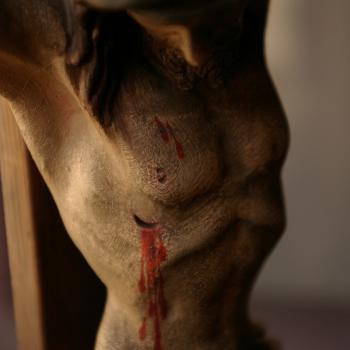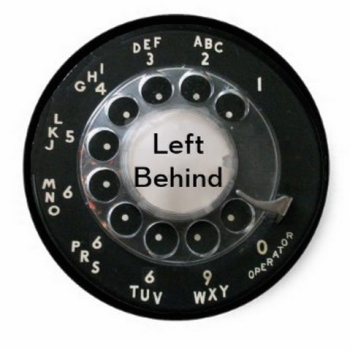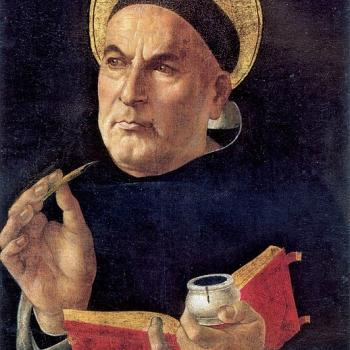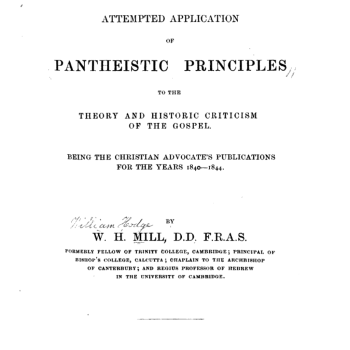I believe that art should force us to rethink our beliefs about the world. Kinkade's work only reconfirms and solidifies what we already think about the world.
There's a kind of sentimentality and obviousness to it. It says, This is what you expect art to look like, so here, this is art. Now we can move on.
Absolutely.
Art in your mind both meets us where we're at and challenges us to go to a different place—whether it's as Christians, to a theological vision, or as non-Christians, toward a more contemplative, reflective posture toward the world?
Art can present you with something that's originally familiar, and make it unfamiliar over time. Or it can present something that initially looks unfamiliar, but reveals itself to be familiar over time.
So it sounds like there are several questions I have to bring into any encounter with modern art. What does this evoke in me? And how is this unexpected?
I think that's right. We should consider a painting or a work of art as an active thing that's actually doing something. It's not sitting passively upon a wall. It's actually exerting a force. Some have talked about a work of art having a worldview, conveying a particular understanding of the world. In some ways, I think that's true. A work of art does something. It's active. So when you encounter it, you're encountering something that encounters you, that pushes back.
Yesterday in class I talked about the experience between the viewer and the work of art. We think that we happen upon the work of art. But truly, the work of art makes the first move. It's the one that captures our attention. The work is the one that bumps us on the shoulder and asks, "So now, what are you going to do? Are you going to walk away, or are you going to engage me?" What we do with the work of art is a response to what the work of art does to us first.
What about the kind of modern art where we say, "My 4-year-old can do that"? I wonder if that's why Thomas Kinkade is so popular. It looks technically difficult, whereas we don't get that same sense of virtuosity in many expressions of modern art.
Look at it this way. Great musicians, great singers, often don't have very good voices. I think of Johnny Cash or Tom Waits as singers who can write and sing beautiful songs, but you'd never say they have great virtuosity in their voices. They have a kind of directness and honesty. So in some ways when someone—and it happens every semester—tells me that "a 4-year-old could have done that," I tell them that many of the artists wanted their art to look that way.
It almost sounds like the my-4-year-old-could-do-it element of modern art reflects its spiritual dimension, its yearning to return to a state of innocence before worldly sophistication corrupted the purity of art. So give me an example of a modern artist working today who embodies what you're talking about, someone who takes something that seems simple to the average eye but, if we contemplate it, the possibility of transcendence opens up.
One artist that could be helpful and challenging is Robert Gober. He makes objects that look like he's just purchased them at the store and placed them in the gallery space, like a bag of cat food or cat litter. Upon closer inspection, you realize that this bag of cat litter, for example, is painted bronze. You realize that these objects that seem familiar are actually very strange. They're strange because of the materials, because of the fact that they've been painted, because he didn't just buy them at the store.
Then you have to experience the objects he presents to you in his rooms and see them working together in a particular kind of space. I always get the impression that the space around them is a sacred space of some kind.
Your mission as an art historian seems really fascinating. You're a kind of cultural excavator, drawing out the spiritual longing and meaning in these objects. Yet it really takes some effort and dedication to draw out fully.
That's right. I'm constantly reminded of what St. Paul and St. John say about Christ being "in all things."
You just may entice me back into a modern art exhibit. Thank you for your time.
Find other episodes of the Veritas Riff, as well as transcripts and other information, at http://veritasriff.org.




